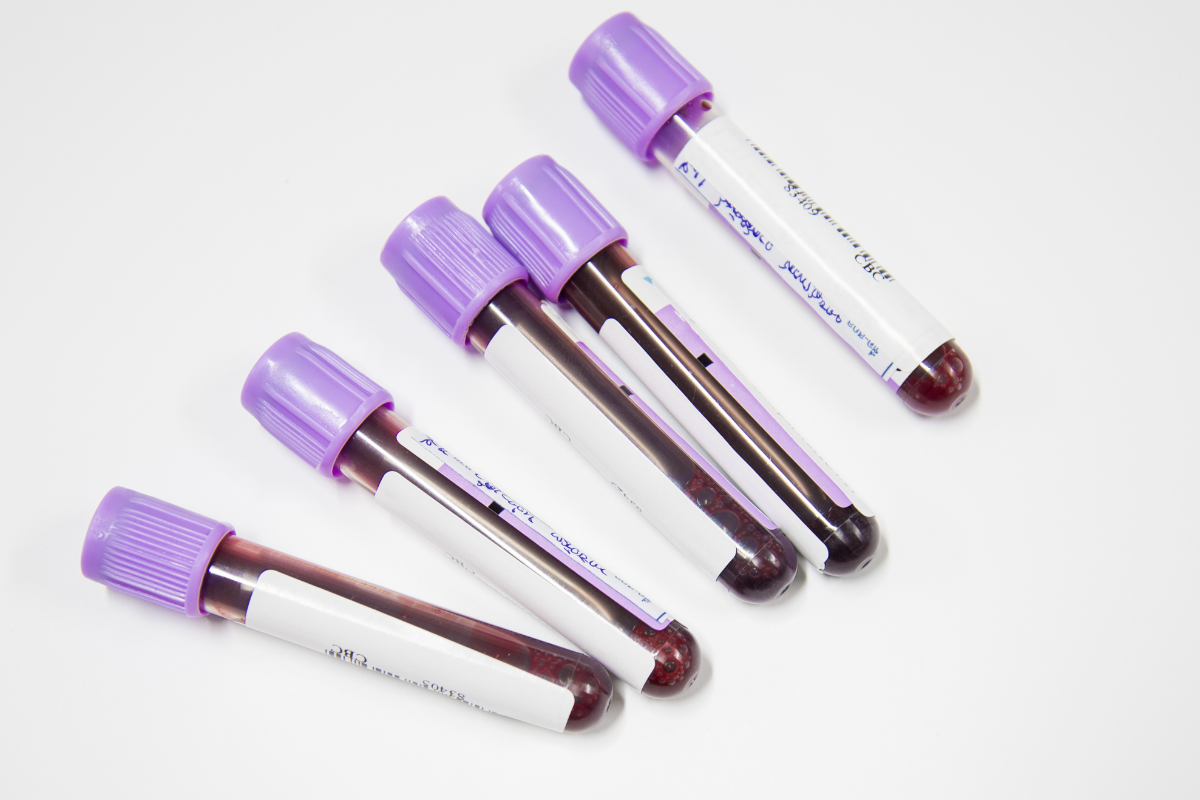Scientists Create Transparent Mouse to Advance Preclinical Medicine

A team of scientists, led by Ali Ertürk, Professor at LMU Munich and Director of the Helmholtz Munich research centre have engineered a system to make the body of a dead mouse transparent.
The transparent mouse can then be used to provide a detailed 3D atlas of the tissues in its body. The team use immunolabeling to fluoresce certain tissues in the body that they want to study.
The researchers are now using the technique to study the early formation of tumours. They have said that the scanning technique allows tumours to be detected at the single-cell level, which is vital for testing drugs that combat cancer relapse.
Professor Ertürk said: "MRI and PET scans would show you only big tumours. Ours show tumours at the single cell, which they absolutely can't".
"Current drugs extend life by a few years and then the cancer comes back. This is because the development process never included eliminating those tiny tumours, which were never visible."
But that’s not the only application of the technology. The technique that employs a combination of tissue clearing and immunolabeling is said to have a “wealth of potential” across a variety of different functionalities.
RELATED:
- FDA Can Deem Animal Testing of Drugs No Longer Necessary
- Achieving the Gold Standards of Organ Modelling: Complexity, Robustness, and Reproducibility
- The Future of Spatial Technology, Analysis, and Imaging
Cancer Research UK Research Information Manager, Rupal Mistry said of the method:
"This exciting and unique scanning technique has a wealth of potential for building our knowledge of how our bodies work and what goes wrong in diseases like cancer.
"While researchers will only be able to use the technique to examine the bodies of deceased mice, it could tell us a lot about how cancer develops at the early stages of the disease. Being able to visualise tumours in the context of the entire body will also give researchers a greater understanding of the impact of different drugs and treatment.
"Advances in technology like this are essential to driving progress and will hopefully lead to new ways to detect, treat and prevent cancer."
The technique comes with the possibility of being applied to other tissues, including human organs.
Tissue Clearing
The process of making transparent mouse tissues is called ‘tissue clearing’ and has been in continuous development since the beginning of the 20th century.
A technique that Ertürk helped invent is used in this case called 3DISCO (3D imaging of solvent-cleared organs). Organic solvents are used to make tissues transparent, this allows them to apply further imaging techniques to interrogate the tissue.
Immunolabelling
The team call their system of immunolabelling ‘wildDISCO’, and was highlighted in a recent paper published in Nature Biotechnology. WildDISCO uses standard antibodies that are coupled with a fluorescent tag distributed throughout the tissue-cleared body.
Scientists can detect signals from the fluorescent antibodies where they bind to a specific part of the tissue via light-sheet fluorescent microscopy. By targeting different tissues in the body with different antibodies, they are able to understand the makeup of proteins in the body in space.
Ertürk said: “Knowing where each protein is expressed in the body is essential for developing a comprehensive understanding of how the body works and what goes wrong in complex diseases.”
Get your weekly dose of industry news?here?and keep up to date with the latest?‘Industry Spotlight’ posts.?For other Discovery content, please visit the?Discovery Content Portal.





.png)
